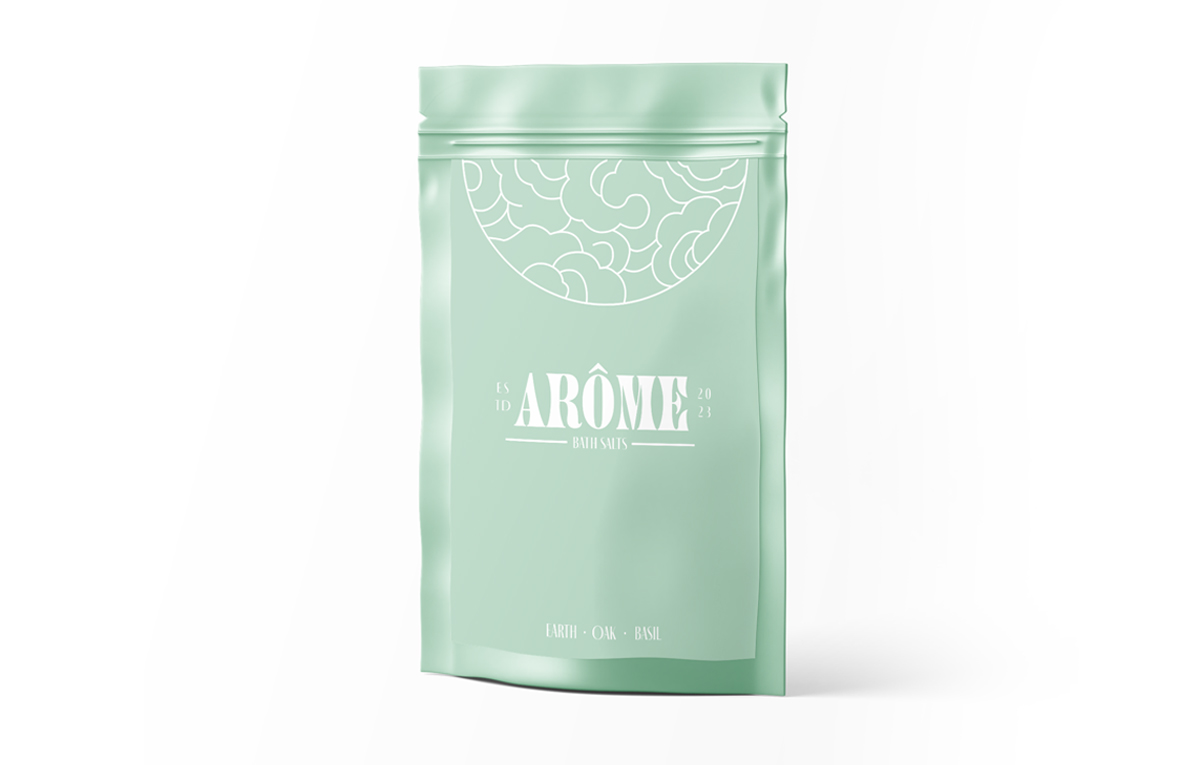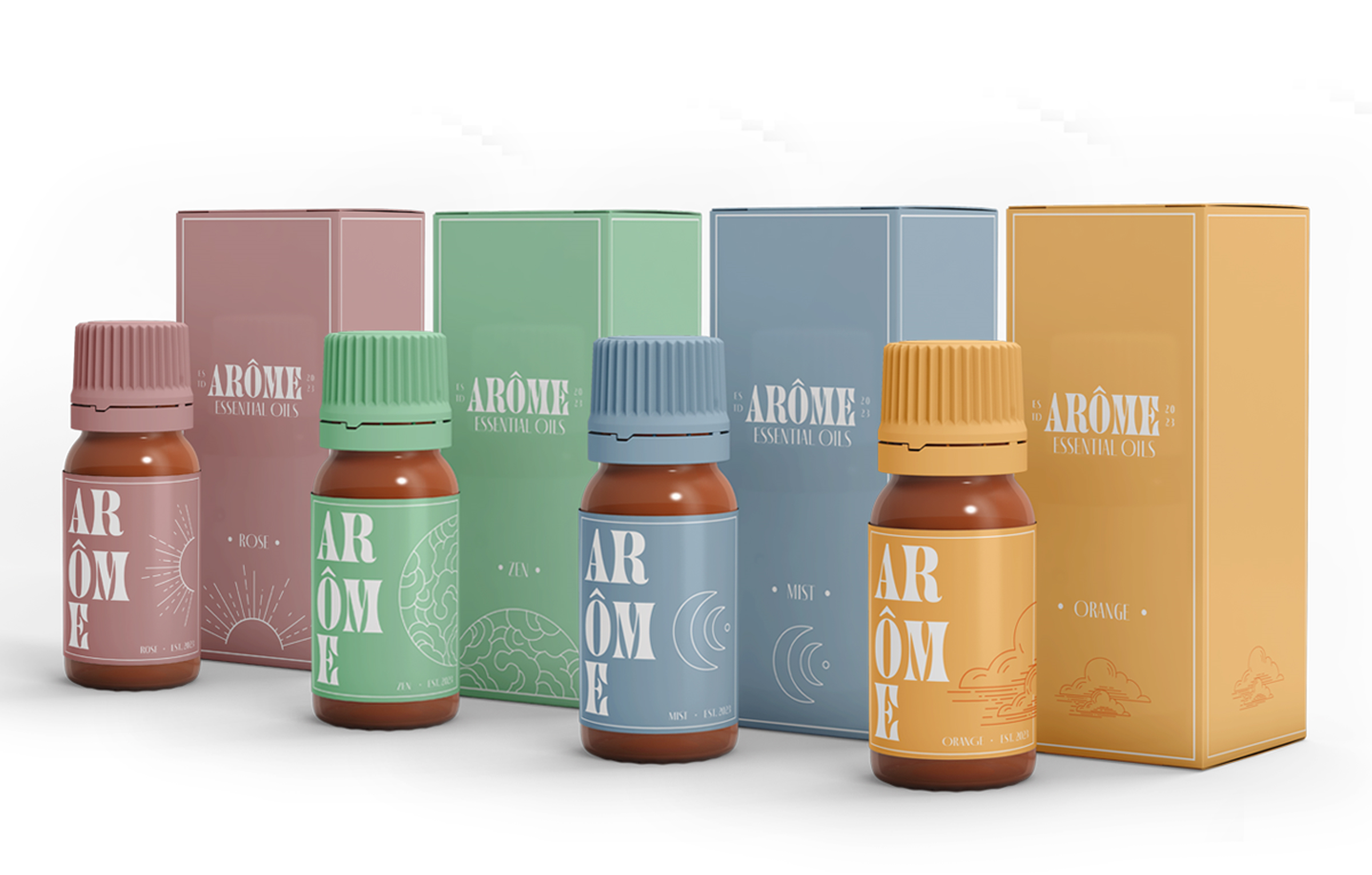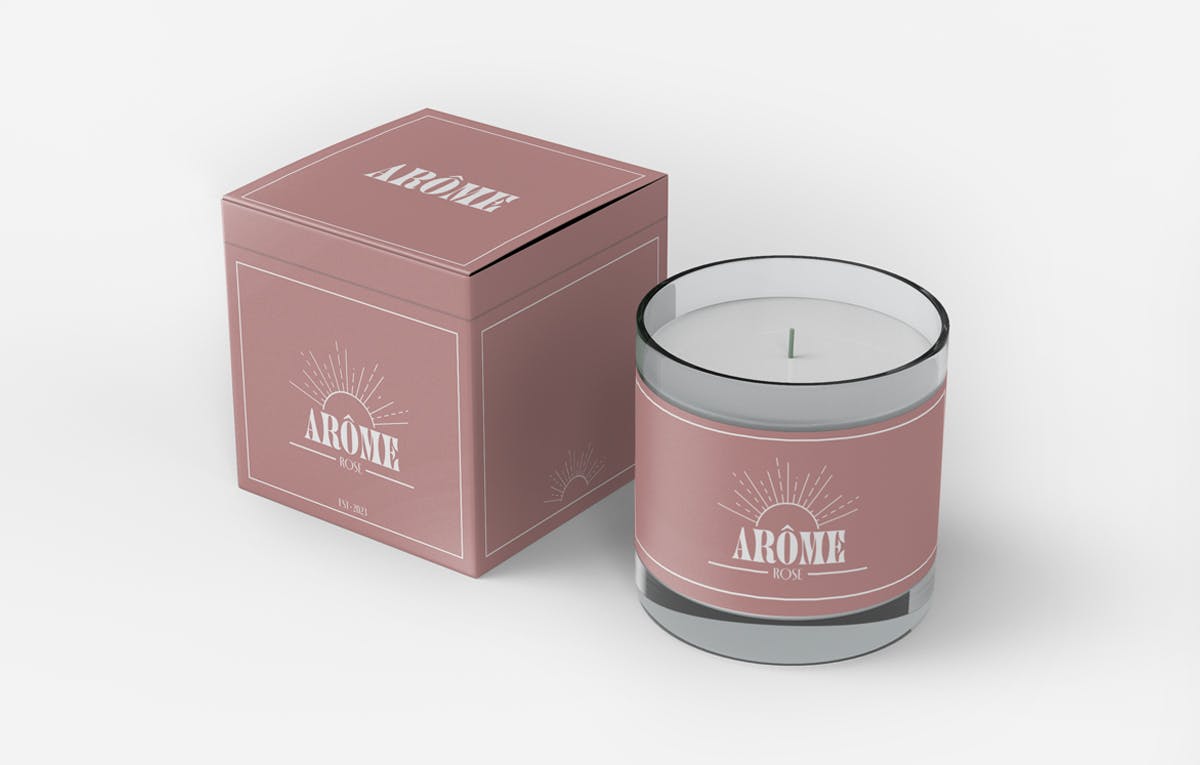Understanding Home Fragrance Packaging Regulations in the UK and Europe
Understanding home fragrance packaging regulations is not only essential for manufacturers and retailers but also crucial for ensuring consumer safety and product integrity.
Picture this – you walk into a neatly arranged store, mesmerised by the array of beautifully scented candles, diffusers, and essential oils. As you contemplate which fragrances to bring home, have you ever thought about the regulations that govern the packaging of these products?
In this blog post, we will explore an overview of the key elements of home fragrance packaging regulations, with a specific focus on label requirements. We will also delve into the consequences of non-compliance, the role of regulatory bodies, and provide tips for maintaining ongoing compliance.
Ensuring Consumer Safety and Product Integrity
In the United Kingdom and Europe, packaging regulations play a significant role in ensuring that home fragrance products meet the necessary standards for health, safety, and environmental impact.
European Regulation (EC) No 1272/2008 on classification, labelling and packaging of substances and mixtures came into force on 20 January 2009 in all European Union (EU) Member States, including the UK. It is known by its abbreviated form, ‘the CLP Regulation’ or just ‘CLP’.
CLP operates in both the UK and EU. However, the systems are independent and chemicals must comply with both legislations depending on the markets your product is sold in, as they are managed separately under both UK and EU CLP.

This applies to a wide range of products, including candles, diffusers, and essential oils.
By adhering to these regulations, manufacturers can provide consumers with accurate information, promote sustainability, and maintain transparency in their operations.
Overview of Home Fragrance Packaging Regulations
Understanding Regulatory Bodies
In the UK and Europe, several regulatory bodies are responsible for enforcing packaging regulations. These include:
- The European Chemicals Agency (ECHA)
- The UK Health and Safety Executive (HSE)
- National authorities like the Food Standards Agency (FSA) in the UK.
Understanding the roles of these bodies is essential for manufacturers to ensure they meet the necessary standards.
Importance of Compliance
Adhering to packaging regulations is crucial for ensuring consumer safety and maintaining product integrity.
These regulations aim to prevent dangers such as fire hazards, allergies, and health risks associated with certain ingredients. By complying with the regulations, manufacturers can build trust with consumers and establish a strong reputation in the market.
Labelling Requirements for Home Fragrance Products in the UK and Europe
Mandatory Label Information
When it comes to labelling, there are several pieces of information that must be included on the packaging of home fragrance products. These include:
- Product Name: Specify the name of the home fragrance product clearly and accurately so that consumers can easily identify and differentiate it from other products.
- Manufacturer Information: Include the name and address of the manufacturer or responsible party. This ensures transparency and allows consumers to contact the manufacturer if needed.
- Ingredients List: Provide a comprehensive list of all ingredients used in the product. This is particularly important for individuals with allergies or sensitivities.
- Warning Symbols: Highlight any potential hazards or precautions associated with the product. Symbols such as flames for flammable products or exclamation marks for irritants must be clearly displayed.
- Usage Instructions: Provide clear instructions for safe and optimal use of the product. This includes information on how to safely burn candles or use diffusers and essential oils.
- Batch/Expiry Date: Specify the manufacturing or expiration date, ensuring that consumers can make informed decisions about product freshness and safety.
- Quantity: Indicate the volume or weight of the product accurately, allowing consumers to understand the value they are receiving.
- Recycling Information: Include relevant recycling symbols and instructions to promote responsible waste management and environmental consciousness.
Regulations for Fragrance Allergens and Sensitisers
Home fragrance products often contain fragrances that can be allergenic or potentially sensitising.
Regulations require manufacturers to disclose the presence of such allergens so that consumers can make informed decisions. Therefore, it is crucial to understand the list of regulated fragrance allergens and sensitisers and ensure their proper disclosure on the packaging.
Considerations for Eco-Friendly Packaging and Sustainability Initiatives
In today’s world, environmental consciousness is paramount.
Manufacturers are encouraged to consider eco-friendly packaging options, such as recyclable materials or reduced packaging.

Sustainability initiatives, such as reducing carbon footprints or using renewable resources, can enhance the reputation of both the product and the brand.
Compliance and Enforcement
Consequences of Non-Compliance
Non-compliance with home fragrance packaging regulations can have severe consequences for manufacturers and retailers.
These can range from financial penalties and product recalls, to reputation damage and legal action. Complying with the regulations is not just a legal requirement – but also a responsibility to ensure consumer safety.
Role of Regulatory Inspections and Product Testing
Regulatory bodies conduct inspections and product testing to ensure compliance with packaging regulations.
These inspections include checking labels for accuracy and completeness, examining packaging materials for safety, and assessing product safety through laboratory testing. Manufacturers should be prepared for inspections and have proper measures in place to demonstrate compliance.
Tips for Ensuring Ongoing Compliance
Staying up-to-date with regulatory changes is vital for maintaining ongoing compliance.
Manufacturers should regularly review and update their packaging to ensure it complies with the latest requirements. It is beneficial to establish strong relationships with regulatory bodies, participate in industry organisations, and engage in continuous learning regarding packaging regulations.
Digital Label Solution
As regulations are subject to change – brands may require to change and update their labels frequently.
This makes digital label printing an ideal solution for businesses in the home fragrance industry.

Digital printing offers a versatile packaging solution allowing home fragrance businesses to stay up to date with the latest regulations and prioritise consumer safety.
The benefits of digital label printing include;
- Maximum 5-day lead time
- No tooling costs
- No MOQs
At our dedicated digital centre of excellence, we require zero minimum order quantities. Which means that you no longer need to order more labels than required. Both short and long runs are possible with digital printing, allowing you to adapt orders accordingly.
Having zero MOQ’s works in harmony with updates to legislation for home fragrance products. Labels may require amends quickly and often. In addition, by only ordering what you require, you will have less stock write off and reduce your need for excess storage space.
Our fast lead times of a maximum 5-days from artwork approval mean that any changes in labelling can be rectified in a quick and timely manner. Therefore, your product packaging is always adhering to the important home fragrance packaging regulations.
Understanding and adhering to home fragrance packaging regulations is crucial for manufacturers and retailers in the UK and Europe. Compliance ensures consumer safety, promotes product integrity, and builds trust in the market.
By embracing regulatory requirements, manufacturers prioritise consumer safety and environmental sustainability. Compliant packaging practices not only benefit consumers, but also help manufacturers to establish themselves as responsible and trustworthy players in the home fragrance industry.
Remember, compliance with home fragrance packaging regulations goes beyond legal obligations. It reflects a commitment to consumer safety and responsible business practices.
By embracing and understanding these regulations, manufacturers and retailers can build a stronger relationship with their customers and contribute to a safer and more sustainable future.
FAQs
1. What specific actions or protocols should manufacturers and retailers take to ensure compliance with home fragrance packaging regulations beyond just labelling requirements?
Manufacturers and retailers should go beyond just meeting labelling requirements to ensure compliance with home fragrance packaging regulations. They should implement comprehensive protocols that cover aspects such as product testing for safety, selection of packaging materials, and adherence to environmental sustainability standards.
This may involve conducting thorough assessments of packaging materials to ensure they meet safety standards, staying informed about updates and changes in regulations, and actively participating in industry organizations to stay abreast of best practices and emerging trends in packaging compliance.
2.How do home fragrance packaging regulations in the UK and Europe compare to those in other regions or countries, and are there any international standards or agreements that influence these regulations?
Home fragrance packaging regulations in the UK and Europe may differ from those in other regions or countries due to variations in regulatory frameworks and standards. However, there might be international agreements or standards that influence these regulations, such as guidelines set by organisations like the International Fragrance Association (IFRA) or the International Organization for Standardization (ISO).
3.What are the common challenges or complexities that manufacturers and retailers face when striving to achieve compliance with home fragrance packaging regulations, and are there any specific strategies or resources available to address these challenges effectively?
Achieving compliance with home fragrance packaging regulations can pose various challenges for manufacturers and retailers. These challenges may include: navigating complex regulatory requirements, staying updated on evolving standards, and ensuring consistency across different product lines or markets. To address these challenges effectively, businesses can leverage resources such as: regulatory consulting services, industry associations, and educational programs. Additionally, implementing robust quality management systems and fostering collaboration between internal teams and external stakeholders can help streamline compliance efforts and mitigate potential risks associated with non-compliance.

